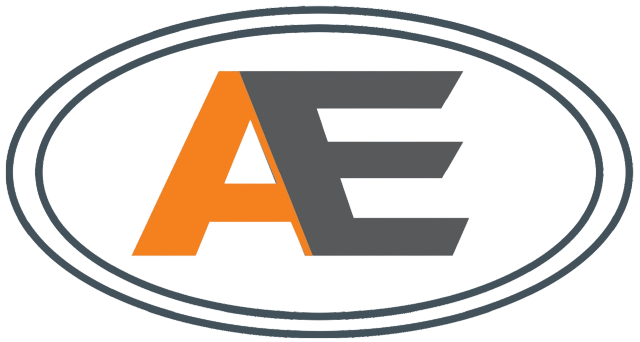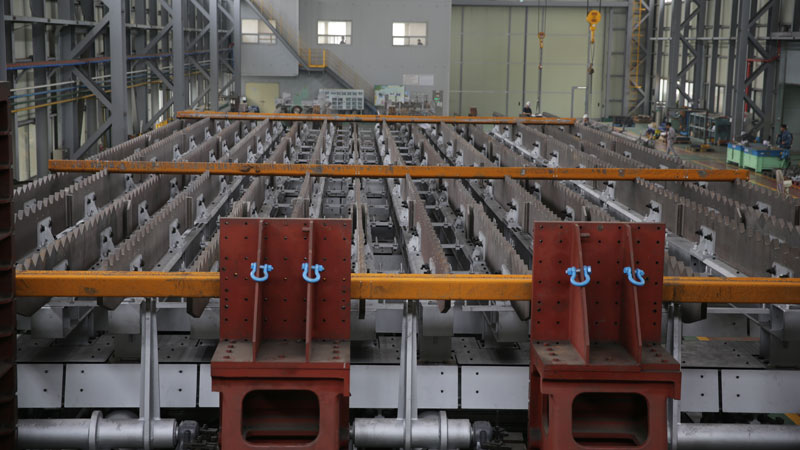Unlocking Precision: 2D & 3D CAD/CAM Drawing Services for Enhanced Design and Manufacturing
In today’s rapidly evolving manufacturing landscape, precision and efficiency play a vital role in the success of design and manufacturing projects. The advent of CAD/CAM (Computer-Aided Design/Computer-Aided Manufacturing) drawing services has revolutionized the way products are designed and manufactured. This article explores the power and potential of 2D and 3D CAD/CAM drawing services in enhancing design and manufacturing processes.
1. Importance of CAD/CAM Drawing Services
In this section, we will discuss the significance of CAD/CAM drawing services in the design and manufacturing industry. We’ll explore how these services contribute to improved efficiency, accuracy, and cost-effectiveness in the product development process. We’ll highlight the role of CAD/CAM in streamlining design iterations, minimizing errors, and enhancing collaboration between designers and manufacturers.
2. Understanding 2D CAD and its Benefits
Here, we’ll delve into the concept of 2D CAD (Computer-Aided Design) and its advantages in the design field. We’ll explain how 2D CAD enables precise drafting, detailing, and documentation of designs. We’ll discuss the ease of creating 2D drawings, editing features, and the ability to generate accurate measurements. Additionally, we’ll highlight the compatibility of 2D CAD with various software and its role in creating technical drawings and blueprints.
3. Exploring 3D CAD for Enhanced Design
In this section, we’ll shift our focus to 3D CAD (Computer-Aided Design) and its significance in the design process. We’ll discuss how 3D CAD models offer a realistic representation of the final product, allowing designers to visualize and evaluate their designs in a virtual environment. We’ll explore the benefits of 3D visualization, including better design analysis, improved communication, and enhanced decision-making.
4. The Role of CAD/CAM in Precision Design
Here, we’ll emphasize the crucial role of CAD/CAM in achieving precision design. We’ll discuss how these technologies facilitate accurate modeling, precise measurements, and intricate detailing. We’ll highlight the importance of CAD/CAM in ensuring that design specifications are met, manufacturing processes are optimized, and product quality is maintained.
5. Advantages of Digital Drafting in Manufacturing
In this section, we’ll focus on the advantages of digital drafting in the manufacturing industry. We’ll discuss how digital drafting using CAD/CAM enables faster and more efficient creation of manufacturing drawings. We’ll highlight the benefits of automated dimensioning, parametric modeling, and the ability to generate Bills of Materials (BOMs) directly from the digital drafts. Additionally, we’ll touch upon the ease of revisions and updates in digital drafts compared to traditional manual drafting methods.
6. How CAD/CAM Enhances Engineering Efficiency
Here, we’ll explore how CAD/CAM enhances engineering efficiency throughout the design and manufacturing process. We’ll discuss how these technologies automate repetitive tasks, reduce manual errors, and streamline design iterations. We’ll highlight features like design reuse, parametric modeling, and automated simulations that contribute to improved engineering efficiency. Additionally, we’ll discuss the integration of CAD/CAM with other engineering software and systems for seamless data exchange and collaboration.
7. Precise Modeling and its Impact on Manufacturing
In this section, we’ll emphasize the significance of precise modeling in manufacturing. We’ll discuss how CAD/CAM facilitates accurate 3D modeling, allowing manufacturers to create complex geometries with precision. We’ll explore the benefits of precise modeling in areas such as tooling, prototyping, and manufacturing simulations. We’ll also touch upon the impact of precise modeling on minimizing material waste, optimizing manufacturing processes, and achieving better product performance.
8. CAD Services: From Drafting to Conversion
Here, we’ll provide an overview of CAD services and their range of offerings. We’ll discuss various CAD services such as drafting, 3D modeling, CAD conversion, and rendering. We’ll highlight the importance of CAD services in transforming conceptual designs into detailed, production-ready drawings. We’ll also touch upon the significance of CAD conversion services in converting legacy designs or physical prototypes into digital CAD models for further modifications or manufacturing.
9. CAM Services: Streamlining Manufacturing Processes
In this section, we’ll focus on CAM (Computer-Aided Manufacturing) services and their role in streamlining manufacturing processes. We’ll discuss how CAM software optimizes machining operations, generates toolpaths, and simulates manufacturing processes. We’ll explore the benefits of CAM services in reducing production time, improving machining accuracy, and enhancing overall manufacturing efficiency.
10. Optimizing Design with CAD/CAM
Here, we’ll delve into how CAD/CAM helps optimize design processes. We’ll discuss how these technologies enable design iterations, analysis, and optimization for improved product performance. We’ll explore features like parametric modeling, design automation, and virtual testing that contribute to design optimization. Additionally, we’ll touch upon the role of CAD/CAM in minimizing errors, reducing rework, and achieving cost savings in the design phase.
11. Engineering Accuracy with CAD and 3D Modeling
In this section, we’ll highlight the importance of engineering accuracy achieved through CAD and 3D modeling. We’ll discuss how these technologies ensure precise measurements, alignment, and fitment of components. We’ll explore the benefits of accuracy in areas such as assembly design, tolerance analysis, and design verification. Additionally, we’ll touch upon the role of CAD/CAM in achieving engineering accuracy while adhering to industry standards and regulations.
12. The Power of Design Visualization
Here, we’ll focus on the power of design visualization offered by CAD/CAM. We’ll discuss how 3D visualization helps stakeholders, including designers, engineers, and clients, to better understand and evaluate designs. We’ll explore the benefits of design visualization in areas such as design reviews, client presentations, and marketing. Additionally, we’ll touch upon the role of realistic rendering, virtual reality, and augmented reality in design visualization.
13. Product Development with CAD/CAM
In this section, we’ll discuss how CAD/CAM contributes to product development. We’ll explore how these technologies facilitate the entire product lifecycle, from concept design to manufacturing and beyond. We’ll highlight the benefits of CAD/CAM in areas such as design collaboration, rapid prototyping, and design for manufacturability. Additionally, we’ll touch upon the integration of CAD/CAM with product lifecycle management (PLM) systems for efficient product data management.
14. The Significance of CAD Software in Engineering
Here, we’ll emphasize the significance of CAD software in the field of engineering. We’ll discuss how CAD software provides a comprehensive set of tools and functionalities for creating, editing, and analyzing designs. We’ll explore the features and capabilities of modern CAD software, such as parametric modeling, simulation, and design optimization. Additionally, we’ll touch upon the role of CAD software in enhancing engineering productivity, collaboration, and innovation.
15. CAD/CAM in the Manufacturing Industry
In this section, we’ll focus on the role of CAD/CAM in the manufacturing industry as a whole. We’ll discuss how these technologies have revolutionized traditional manufacturing processes, resulting in increased efficiency, reduced costs, and improved quality. We’ll explore the impact of CAD/CAM on various manufacturing sectors, including automotive, aerospace, consumer goods, and medical devices. Additionally, we’ll touch upon the future trends and advancements in CAD/CAM that will further shape the manufacturing industry.
Conclusion
In conclusion, 2D and 3D CAD/CAM drawing services have transformed the way design and manufacturing are approached. These advanced tools and techniques enable enhanced precision, efficiency, and optimization in the entire product development lifecycle. By harnessing the power of CAD/CAM, businesses can unlock new levels of design creativity, engineering accuracy, and manufacturing excellence.
FAQs
- How does CAD/CAM improve design and manufacturing processes?
- What are the benefits of using 2D CAD in design?
- How does 3D CAD enhance product visualization?
- What is the significance of precise modeling in manufacturing?
- Can CAD/CAM be used in industries other than manufacturing?





